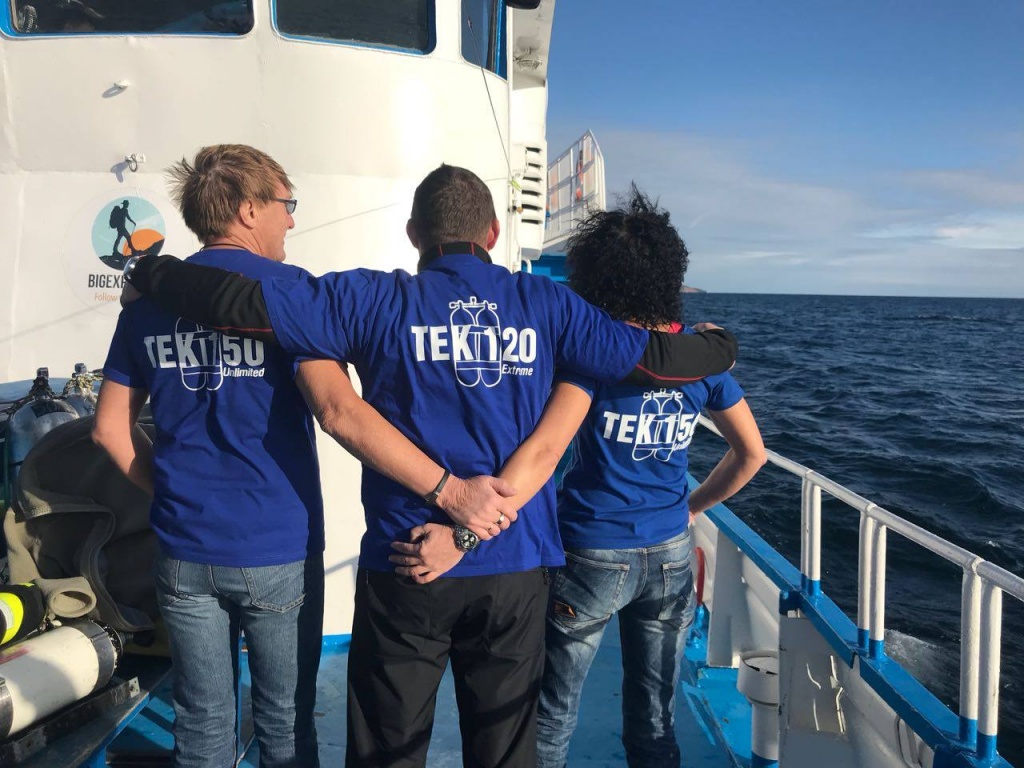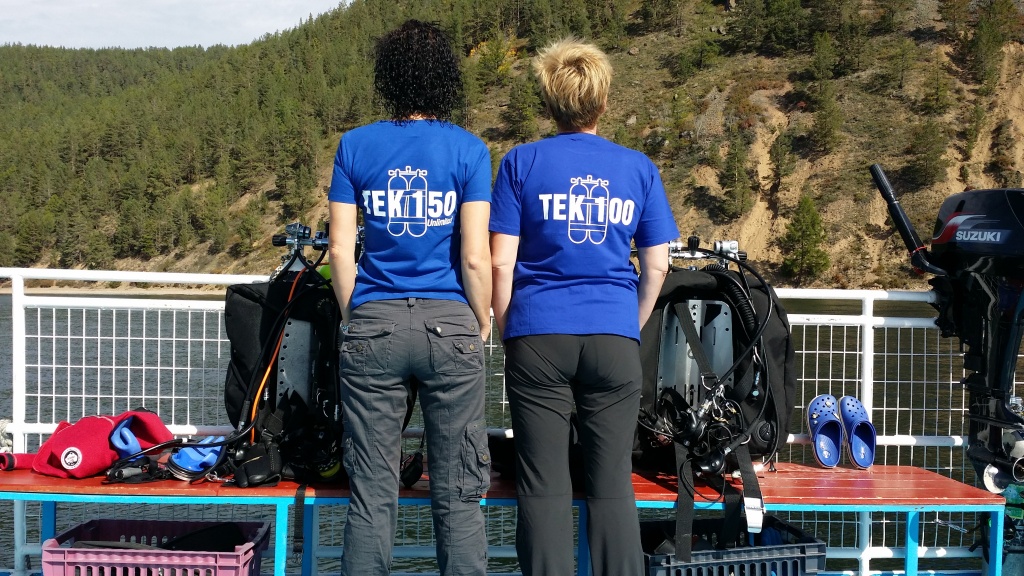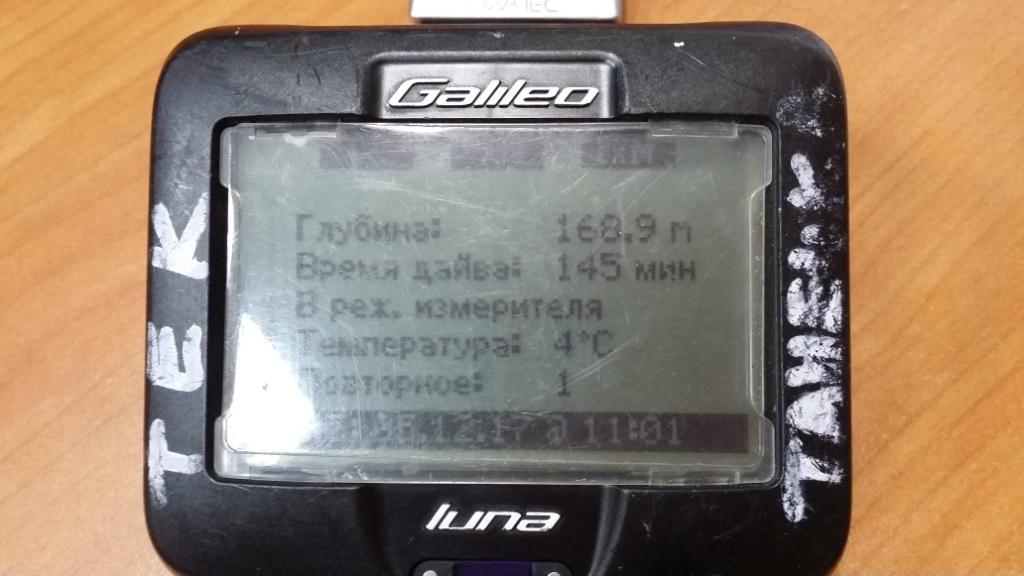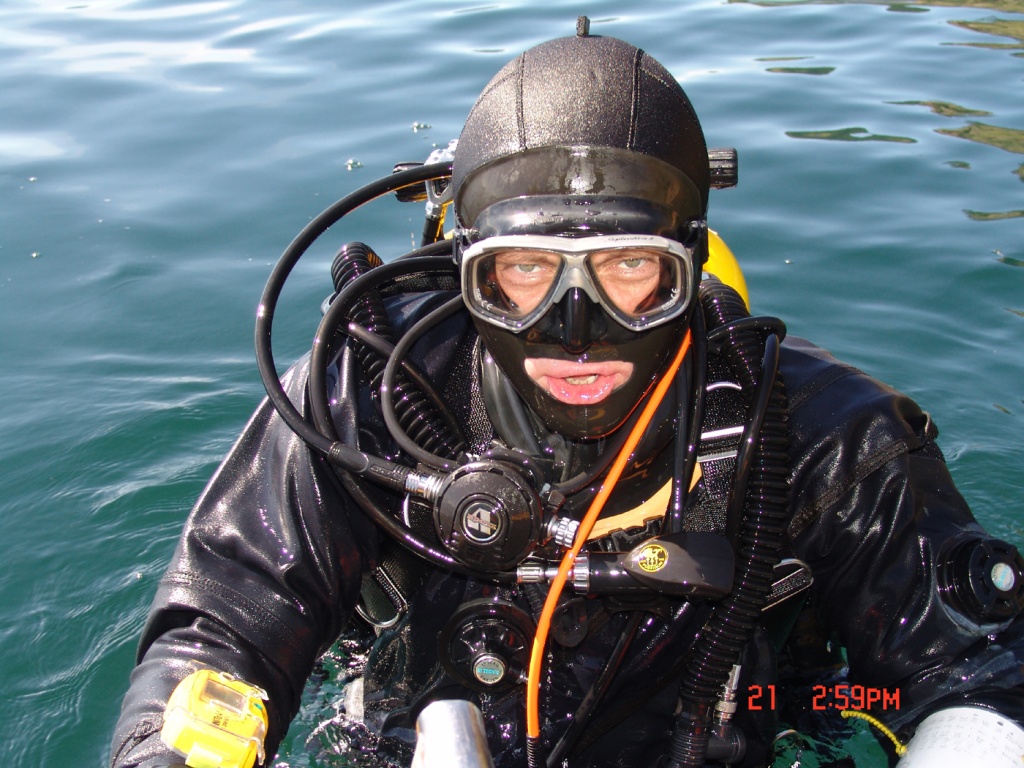 Gennady Misan is founder of diving center "BaikalTek".
Gennady Misan is founder of diving center "BaikalTek".
- Instructor Trainer IANTD levels Trimix Gasblender, EANx, Advanced EANx, Technical, Normoxic Trimix, Trimix, Expedition Trimix;
- Instructor IANTD levels Life Support Service Technician, Trimix Gasblender, EANx, Advanced EANx, Technical, Normoxic Trimix, Trimix, Expedition Trimix;
- Instructor Trainer SDI
- Instructor Trainer TDI levels Trimix Gasblender, Advanced Nitrox, Decompression Procedure, Extended Range, Advanced Trimix.
- Instructor TDI levels Trimix Gasblender, Sidemount, Advanced Nitrox, Decompression Procedure, Extended Range, Entry Level Trimix, Advanced Trimix, Full Cave.
I have been practicing diving and been instructor since the 80s. I started technical diving (they way it is thought of today) in 2000. I constantly practice deep and expeditionary trimix dives at Baikal. My deepest dive was made at Baikal when the water temperature was only +1 degrees, and the air temperature was -20. The depth of this dive was 165 meters. Besides, I have done multiple dives that were deeper than 120 meters in similar conditions. Nobody else in Russia practices such dives in cold water. And probably in the entire world there are only a few divers who attempt the same.
I regularly teach technical diving and instructor courses IANTD and TDI, at Baikal and in other bodies of water, countries and cities.
There is always something to learn from an experienced person, and I believe I have some solid experience. Hence, additionally to regular courses I host master-classes for deep-diving and deep-diving in cold water. I have attended lots of courses myself, and learned a lot from others, as well as built on my own experience. All of these allowed me to develop my own approach to deep diving and create my own school of Baikal technical diving – graduates of which, my former students, dive all over Russia and abroad.
If a diver receives technical diving certificate it doesn’t necessarily mean that he can dive alone in difficult conditions. Patience, experience and further mastery, including that obtained through learning from others, give one a better chance to dive safely, while practicing real technical diving, not just being a diver who has technical diving certificate.
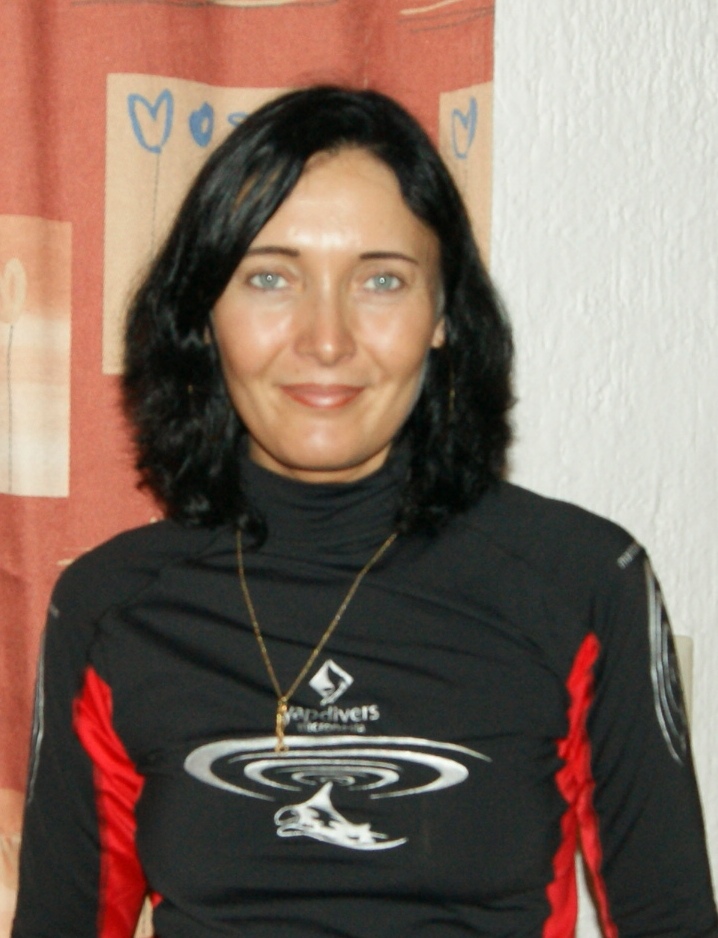 Tatiana Oparina - Advanced Trimix Diver TDI (2003), Cave diver TDI (2011), Trimix Instructor IANTD (2010), Timix Instructor CMAS (2014), Instructor SDI (2019) - is a founder of "BaikalTek" dive centre.
Tatiana Oparina - Advanced Trimix Diver TDI (2003), Cave diver TDI (2011), Trimix Instructor IANTD (2010), Timix Instructor CMAS (2014), Instructor SDI (2019) - is a founder of "BaikalTek" dive centre.
I made my first dive in 1998 in the Canary Islands. In June 2001 I passed an OWD course in Egypt. It took me 2 more years to get my Divemaster PADI qualification. At that moment my maximum dive depth was 40 m, number of dives ~ 100. In January 2003, having made my first dive in the Baikal, I decided to change my occupation and become a professional diver. The Baikal overwhelmed me, that was love at first sight. I had never seen such severe, modest and grand beauty before. So, I took my tech courses right then, in January. Within 8 months to follow I made over 100 dives and reached the level of Advanced Trimix.
My list of "deep steps" (all dives are made in the Baikal):
100 m - 01.08.04.
100 m - 14.06.07 - Bottom time 10 minutes, water temperature +2. The first underwater wedding ceremony in the world. Buddy (husband) - Gennady Misan.
110 m - 29.06.06.
120 m - 31.05.07.
130 m - 15.09.10 (a dive made on the 18th day of going completely without food).
140 m - 17.07.13.
145 m - 28.11.13.
150 m - 06.12.13.
156 m - 19.12.15.
170 m - 03.12.17
As you can see from the "list" - "I am not torn for the depth." Any dive deeper is the result of several dozen dives to the maximum and slightly shallower depths, with all the nuances being worked out to automatism.I make all my deep dives solo. Free fall always. Ascending and decompression - always in a free ascents and moving up the wall regime. No ropes or deco stations are used. All the gasses used for the dive I have with me.
These are the conditions in which I made my 100+ dives. The most difficult was probably the dive I made on January 2014 in the Baikal. Water temperature +1 Celsius. An extremely strong up current in a canyon starting at the depth of 110 meters and making its way to the surface. To give you an idea of how strong it was suffice it to say that at the depth of 20 meters I - loaded with a twin cylinder kit and 3 stages - clung to the rocks and felt as if I was a flag in the stormy wind. Cold water and pressure on the membranes resulted in freezing of absolutely all (!!!) regulators. Even on the twin cylinder kit. So, starting from the depth of 80 m the descent and ascent was conducted in the “close-open valve” regime.
My Tech Diving Geography. Baltic Sea (Estonia, up to 75 m), Palau (up to 90 m), Dahab (up to 110 m), Lot (France, caves), Ordinskaya (caves), Yucatan (caves, up to 65 m, open water), Cuba (caves, open water), China (caves).
I take every opportunity to dive. In different conditions and water reservoirs. I love soft corals and can spend hours watching a fish at the depth of 10 m. I like caves and walls. I don’t like wrecks at all, though I have dived many of them. I love the Baikal best of all. I am regularly making deep air and trimix dives. I am looking for and exploring new dive sites. Together with Gennady Misan we are carrying out our long-term project Lake Baikal Dive Sites Map.
It is never too late to learn.
Having 2,500 dives experience, most of which are made in very severe conditions, I am not of the opinion that I know everything and that I can get any certificate without working on it. I honestly took the courses, spending time and money to get each of my qualifications. Apart from the courses I take for my personal development in diving and the courses I teach, I make it a point to dive “for myself” and “at my own expenses”. Sometimes it is quite costy. Each deep dive requires the purchase of gases, finding the time (it means declining some other projects) and a boat rental. I believe this is the only way to gain experience and excel in my skills.
All of the above-mentioned enabled me to work out my own way to deep diving and organise The Baikal School of Tech Diving together with Gennady Misan. If you want to dive safe and deep - you are welcome to my master class. There will be no easy diving or relaxation. We are here to teach you how to dive SAFELY in the most difficult conditions. Survive in an extreme situation.
How is my master class different from that of Gennady Misan’s? I allow more freedom on the stage of making a dive, however, my requirements to following the procedures are much stricter.
 Gennady Misan is founder of diving center "BaikalTek".
Gennady Misan is founder of diving center "BaikalTek".
